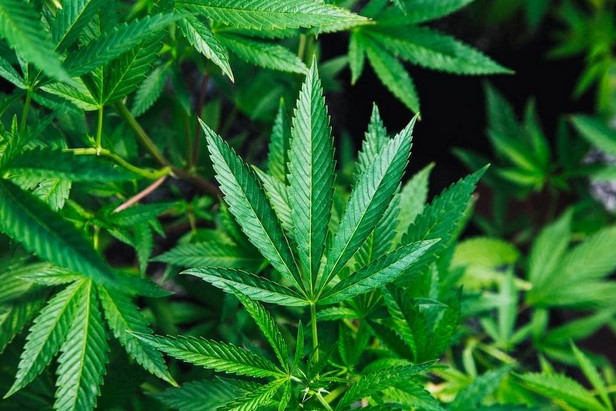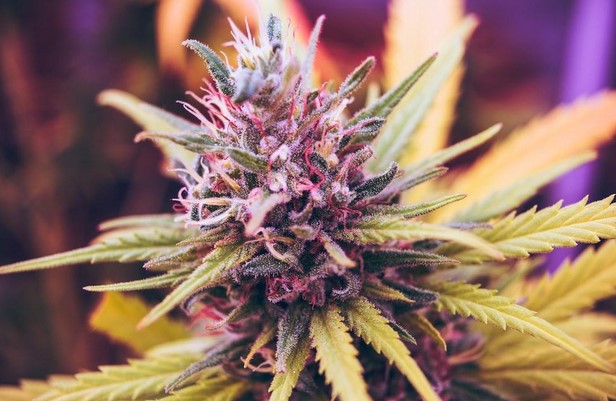Quick View

Growing cannabis outdoors is exciting because it exposes you to many valuable challenges that sharpen your cultivation skills. It also saves you avoidable energy expenses you would have incurred on artificial lighting. This outdoor option requires some essential resources to guarantee excellent results.
The two essentials are soil and nutrients. Getting the right soil for your cultivation with the necessary elements facilitates germination and, subsequently, a bumper harvest. Regarding soil, sourcing the best soil isn’t always straightforward. You must pay attention to the soil’s nutrients because soil alone doesn’t guarantee successful growth.
This post examines these core cultivation essentials to inform your next cannabis growing project. Stay on this page to learn more and make informed choices.

Soil Requirements
Let’s start with what matters the most—soil—because it’s every plant’s original natural habitation. This section examines the top qualities of good cannabis soil and describes the four main soil types suitable for weed growing.
Qualities of Good Cannabis Soil
Every plant needs suitable soil to grow well. That means some soils aren’t ideal for growing cannabis. Selecting the correct soil depends on the climate and where you want to grow cannabis—at home or in the field. Below are the top qualities of good cannabis soil, irrespective of the type you choose.
- Texture. Cannabis likes a light and loose soil texture. A light texture boosts proper root development and ensures more oxygen reaches the roots for optimal development and health.
- Drainage ability. Drainage is another quality good cannabis soil needs. After watering your plants, good soil shouldn’t allow water to pool on its top. Soil with poor drainage can sicken your plants, cause poor harvests, and even kill plants.
- Water retention. Good soil should retain water long enough before allowing it to drain off. It must balance between retention and drainage.
- pH value. Your chosen cannabis soil must have an optimal pH level. This combination is critical because weed grows well within a lower pH range. An ideal pH level for cannabis growth should be around 6.0, meaning a pH of 5.8–6.3 is ideal. However, it must not fluctuate too far outside this range, or else you might get poor results, and your plants could die.
- Nutrients. Lastly, good soil needs essential nutrients for proper plant growth. All commercial soils have preloaded nutrients. However, these nutrients last for only two to three weeks before depleting. After this time, you should start adding nutrients. When cultivating cannabis without extra nutrients, your soil needs organic components like guano, warm casting, compost, and humus. The soil’s microorganisms convert these elements into nutrients for healthy plant development.
Top Soils to Grow Cannabis In
Your cannabis seeds can grow in different soil types if they have the top five qualities we discussed above. You can find more outdoor cannabis seeds on AskGrowers’ website.
Silt
Silt is one of the soil choices for growing cannabis. Silty soil is rich in organic particles and minerals. It has excellent water retention and sufficient drainage. Thus, silty soil is easy to work with, and its rich mineral levels make it one of the most fertile soil types.
Loam
Loam soil combines silt, clay, and sand soil with other organic elements. It’s one of the best soils for cannabis cultivation because it has optimal retention and drainage. However, it’s also rich in oxygen and nutrient levels, making it expensive.
Clay
Clay soil is another option with fine mineral components. This soil is heavy and fairly difficult to work with. However, it’s rich in minerals and nutrients, making it a viable growing medium. It has excellent water retention but poor drainage.
Sand
Lastly, you can grow your cannabis in sand soil. This alternative has good drainage but poor water retention. It has a low pH and a course structure. Sandy soil quickly loses nutrients like nitrogen when watered. Low water retention levels mean you need to water it more frequently than the other three soil types above. But overall, working with sand is easy, and you can be sure of high oxygenation levels.
Nutritional Essentials
We have covered soil, and it’s our turn to examine its essential contents for successful growing—nutrients. Growing soil is as good or bad as its nutritional content. Fertilizers and supplements come into the picture at this level. Good cannabis fertilizer contains Nitrogen (N), phosphorus (P), and potassium (K), or the NPK ratio.
But how do you know when cannabis needs any or all of these three elements? Below are the signs to look for:
- Cannabis that lacks nitrogen has leaves with a pale look, which eventually become yellow. The leaves finally curl and drop off.
- Cannabis lacking phosphorus will have its older leaves suffering from dark spotting and retarded growth.
- Cannabis deficient in potassium has dark leaf tips that also appear burnt.
Secondary Nutrients
Cannabis also needs secondary nutrients. Some of these nutrients are essential, while others are trace or micronutrients. The three main elements are calcium (Ca), sulfur (S), and magnesium (Mg). They will be deficient if your growing soil lacks proper pH maintenance. When your plants lack these nutrients, they exhibit the following symptoms.
- Calcium deficiency manifests as stunted growth and leaves with dead spots.
- Plants lacking magnesium have veins and outer edges with a light green or yellowish appearance.
- Sulfur deficiency manifests as yellowing leaves in the middle before turning completely yellow.
Micronutrients
Micronutrients are secondary nutrients cannabis needs but at small or micro levels. Nevertheless, these trace nutrients are equally valuable in your cannabis nutrient mix. The most significant ones include iron, zinc, magnesium, and calcium. While cannabis needs these nutrients in small quantities, they still play an essential role in plant physiology.
Their deficiency is a bit rare, although when it occurs, plants become weak and won’t yield optimal results. Micronutrient deficiency has the following symptoms.
- Plants with a boron deficiency have spotting on new leaves and abnormal/thick growth at their tips.
- A chlorine deficiency makes leaves yellow while roots become stubby.
- Cannabis lacking copper have shiny leaves. They may also have dark-blue or purple undertones.
- Plants lacking iron will have their new shoots and leaves appearing yellow.
- Yellow leaves that quickly turn brown are symptoms of manganese deficiency.
- Cannabis with a molybdenum shortage has its leaves turn orange, red, or pink around the edges.
- Loose and fragile buds are signs of a zinc deficiency.
Organic vs. Synthetic Fertilizers
Which fertilizers are best for your cannabis growth, organic or synthetic? Both fertilizers are viable if you use them correctly. Chemical fertilizers contain the necessary nutrients that plants can immediately absorb. However, be careful when using these fertilizers to avoid nutrient excess stress or burn. Always follow application instructions and start with lower doses before increasing them slowly.
Organic fertilizers are eco-friendlier than their industrial counterparts based on how you produce and manage them. But remember that some organic elements might take longer to decompose in the soil before transforming into the necessary nutrients plants need to absorb. Thus, your plants may fail to take advantage of such fertilizers if you provide them too late.
Conclusion
Soil and nutrients are essential in the cannabis-growing process. These elements are indispensable in your success mix. We shared all the essentials you need to know about their role in successful outdoor cultivation. We hope you will use this information to make the right choice worth your investment.
This article was produced by Denys Svirepchuk, a passionate cannabis grower and advocate. Denys is a full-time blogger at AskGrowers, sharing his tips and observations about effective weed cultivation and yield maximization. He educates existing and aspiring growers to help everyone grow therapeutically beneficial cannabis for themselves at home.
